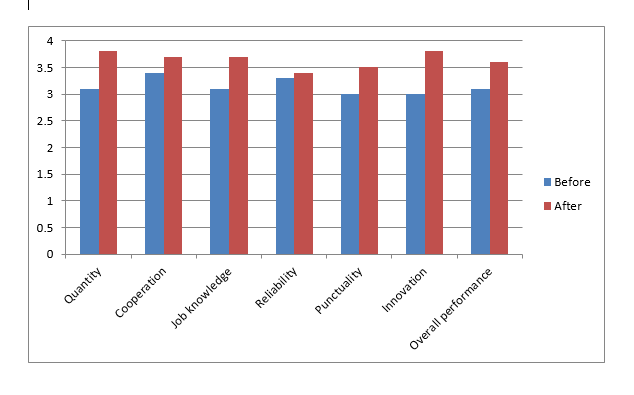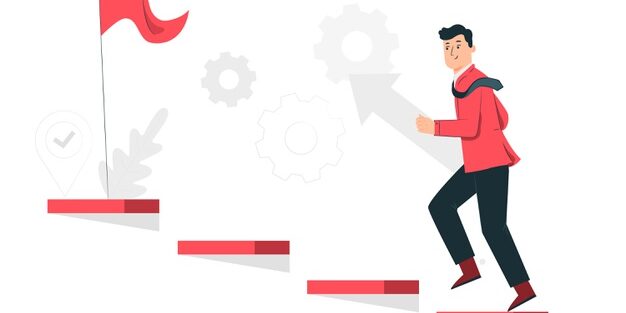Kaizen represents a lean culture of engaged people that are all solving problems and making things better. Kaizen is a Japanese word, and it has two parts. Kai means change, and zen means good. If you put these words together, you get good change. After translating in English, people commonly say it continuous improvement.
Kaizen means change for the better. People can apply it for:
- Problem-solving
- Improving the standard
Kaizen is small, but you should not underestimate it. It is like the story of tortoise versus the hare. People are not looking at the big break. They prioritize consistency. Small changes for the better that overtime win the race. That is what Kaizen does.
IMPORTANCE OF KAIZEN
Kaizen is incremental. It is the little progress that, over time, amounts to extraordinary results. There is a saying about Kaizen that it is everyone, every day, and everywhere. Kaizen includes everybody to make small changes every single day in every single place.
There is a book called “The idea-driven organization”. It mentions that 80 percent of potential improvement comes from the frontline employees. There might be 20 percent or so of progress that comes from large project management initiatives, some technologies, or some software. But, it is the contributions of every single person in small amounts that accounts for 80 percent of the total improvement.
Kaizen is also a way of thinking. You need it for implementation like you need water for trees to grow. Less kaizen culture means fewer possibilities of success. Kaizen truly is a way of life. It is something that applies to work. We can make processes and everything better. But, anything can benefit from improvement.
THE KAIZEN PROCESS
No process is perfect. And, there is always space for improvement. You can do Kaizen by following these six steps:
- Identify an opportunity
- Observe the current situation
- Explore new ideas involving people
- Propose an updated method and a way to test it
- Once approved, implement the step and track the results
- Evaluate the updated way and avoid to go back to the old habit
- First Stage
You do not need to follow every step as rigidly as you are going to manufacture a product. But, try to follow it as closely as possible. Planning a Kaizen event can take time. You should start at least four weeks before to make sure you get everything done correctly.
One of the large items at this point is to plan the event and create a Charter. The Charter makes it clear what you are going to try to accomplish. It is necessary as you start recruiting people. They want to know that they will spend their time on a worthwhile goal. During the four weeks, you will be taking care of a long list of logistical items and gathering data on the process that you will be working on.
- Second Stage
In the early parts of the Kaizen event, once you assemble the team, you should train the team if needed. As your company progresses in its Kaizen activity, more and more people will have received Kaizen training. And the need to dedicate project time to it will diminish. In this early part of your Kaizen activity, you also need to conduct a process walk. It is a formal evaluation of the before state of the work area you will be improving. For instance, you may notice some overlaps on the dates.
- Third Stage
The most common Kaizen event lasts five days. Depending on how large the project is and the availability of potential team members, it may be shorter. After you complete the training and the process walk, you need to dive into root cause analysis and start your future state planning. It will typically begin on the second or third day. The future state may also include testing and modeling of your new work area.
- Fourth Stage
You want to spend as much time as possible to improve the process. There needs to be a balance. Do not dive blindly. You have to make a sound plan, and that takes time. Also, do not take too long planning, leaving yourself short on time to improve the process. Unless the process is critical, begin making changes as soon as possible.
- Fifth Stage
A common mistake is that people wrap things up at the end of the Kaizen week and wash their hands off the project. You need to continue training, follow-up activities, and reporting out the improvements and audits.
IMPACT OF KAIZEN IMPLEMENTATION
The following chart shows the evaluation of the mean of seven functional aspects in employees before and after Kaizen implementation.








